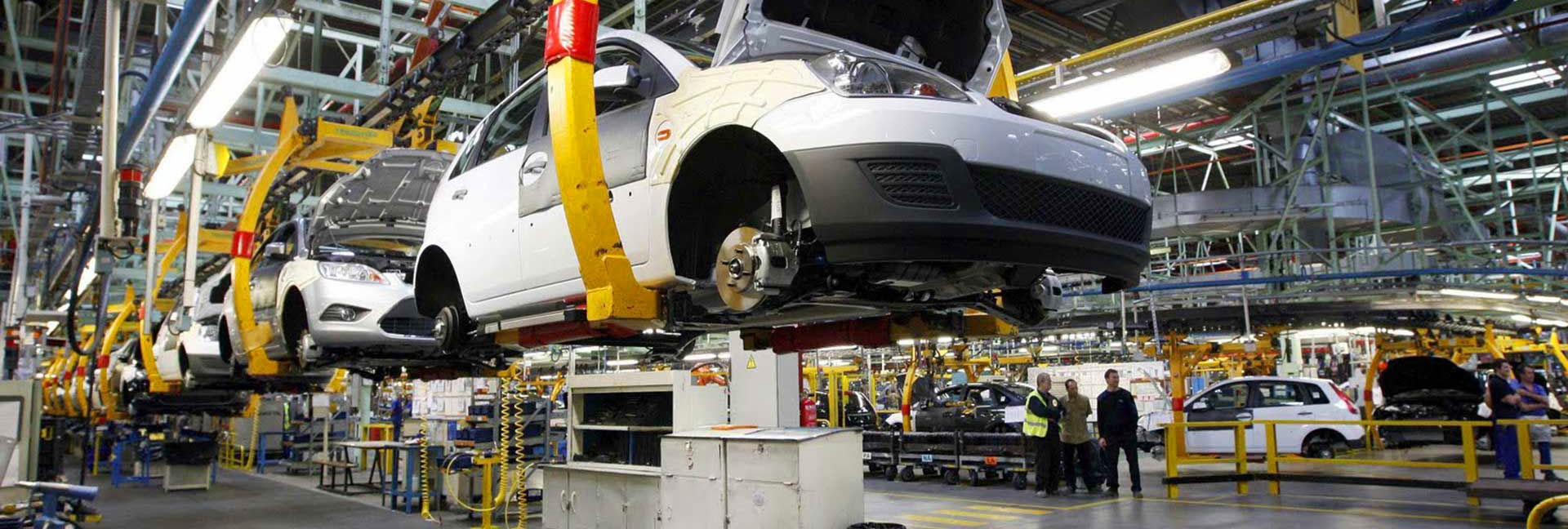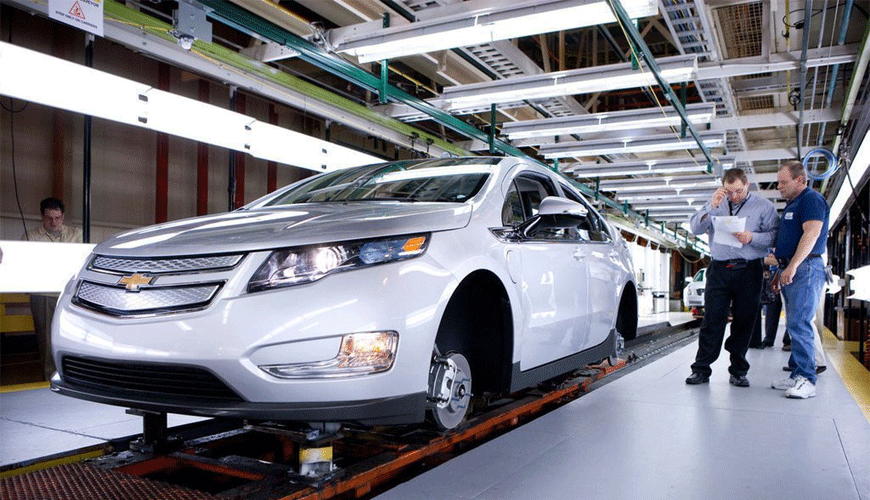

EUROLAB laboratory provides testing and compliance services within the scope of the GMW 3359 standard. This standard covers the basic requirements for a corrosion resistant non-electrolytically applied zinc-rich coating.

Besides corrosion protection, the coating also provides consistent friction properties. This coating specification covers zinc flake coating with or without top coating.
GMW 3359 Coating Types
Type A: Coating with high corrosion resistance.
Type B: Medium corrosion resistant coating.
Type C: Low corrosion resistant coating.
When not explicitly specified, the default skin type will be Type A. Contracted Parts and Production Part Approval (“with PPAP”) Machined prior to January 1, 2014, i.e. without the specified coating Type (A, B, or C), Type B may continue by default. Type C coating systems can be without topcoat if the coefficient of friction (CoF) requirements are met. Treatment with an additional lubricant is allowed to meet the CoF.
This coating is suitable for M6 or larger size external and internal threaded fasteners and other ferrous parts that require a high level of corrosion protection and no hydrogen embrittlement.
This coating process does not produce hydrogen; however, pretreatment processes, ie pickling, can cause hydrogen adsorption. The non-electrolytically applied zinc-rich coating has high permeability during curing which allows effusion of hydrogen that may have been absorbed during pickling.
The use of this coating system on threaded surfaces and/or bearing surfaces of connections may affect the torque-tension relationship. It is recommended that a torque-tension study of the fastener connection be performed before releasing this finish on any new application.
Corrosion performance is affected by part geometry, substrate material, and application process. Coating systems approved to this specification have been tested to meet all requirements using common steel fasteners.
This surface is suitable for service temperatures between -50 °C and +120 °C. Applications outside this temperature range should be reviewed with the responsible Materials Engineering organization prior to use.
This coating is relatively soft and prone to "dusting". Equipment that handles high volumes of coated parts (such as automatic bolt feeders) is expected to require regular cleaning to remove coating dust.
The curing process of these coatings takes place between 200 °C and 350 °C and can temper high hardness metals. It is the fastener manufacturer's responsibility to ensure that their parts still meet mechanical and material requirements after coating.
As Eurolab laboratory, we provide the best service to you, our manufacturers, with our experienced and professional staff within the scope of all automotive standards. Our laboratory and test team work diligently to provide the best service for manufacturers.
To get an appointment, to get more detailed information or to request an evaluation, you can ask us to fill in our form and reach you.